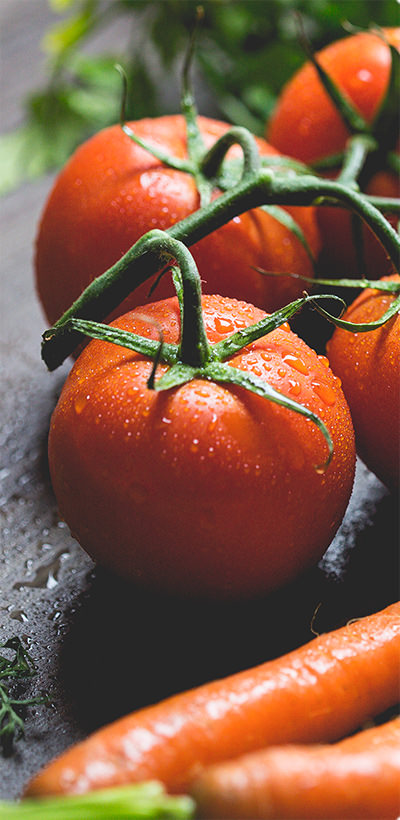Canada Red Rhubarb
Rheum. Canada Red is both quick growing and hardy. Coming back bigger and better each season, this plant requires very little care. Perfect for pies and delightful when combined with strawberries in a cobbler. Harvest fruit second year. Hardy all zones. No. 1 crown.
Spring Planting: this product will be shipped late April through May according to hardiness zone.
Scroll down for more details and growing information.
Sold as: Pkg of 1
| Qty | Desc | Price |
|---|---|---|
| 1 | Pkg of 1 | $ 23.95 / pkg |
| 2 | Pkg of 1 | $ 20.35 / pkg |
| 4+ | Pkg of 1 | $ 17.95 / pkg |

Details
Growing Information
Important! Upon Arrival:
Fruits and berries are shipped in dormant form so they can be transplanted out once the soil can be worked in the spring. Light frosts will not damage the plants as they are in the resting stage. If you are unable to plant immediately, the plants can be stored for a short period of time. This should be a dark, cool (but not freezing) location such as an unheated garage, fridge or a cold cellar. They should also be kept moist, but not wet, until they are planted.
Planting:
Rhubarb is an extremely easy plant to grow and will reward you with fruit for years to come. Plant as soon as soil can be worked. Rhubarb is a cool-season perennial that doesn’t do well in hot, dry conditions, so if you live in a warmer climate, consider planting it where it gets some afternoon shade. Dig a hole several inches deep to accommodate root and space plants 18" apart. Add a generous amount of compost. Apply mulch to smother weeds and retain moisture.
Growing:
Sidedress with compost or fertilizer in midsummer. Break off flower stalks to encourage leaf stalk production. Do not harvest the first year and harvest only stalks that are at least 1" thick during the second year. Stalks are best when harvested in the spring and early summer. Roots can be divided and replanted in early spring of the third and subsequent years.
Rhubarb tends to bolt, or send up flower stalks, when it's stressed—especially by heat, drought, or age. Bolting diverts the plant's energy away from producing those thick, juicy stalks and into reproduction. The best way to avoid bolting is to keep the plant cool and consistently moist. Applying mulch around the base can also help regulate soil temperature and retain moisture.
Watering is key. Rhubarb doesn’t like to dry out, and drought stress is a big trigger for bolting. Deep, regular watering helps keep the plant stable. Using straw or compost mulch can help maintain consistent moisture levels, especially during hot weather. If a flower stalk does appear, don’t worry—just remove it as soon as you see it. Cut it off as low as possible before it gets too tall. This prevents the plant from wasting energy and encourages it to focus on growing edible stalks instead.



